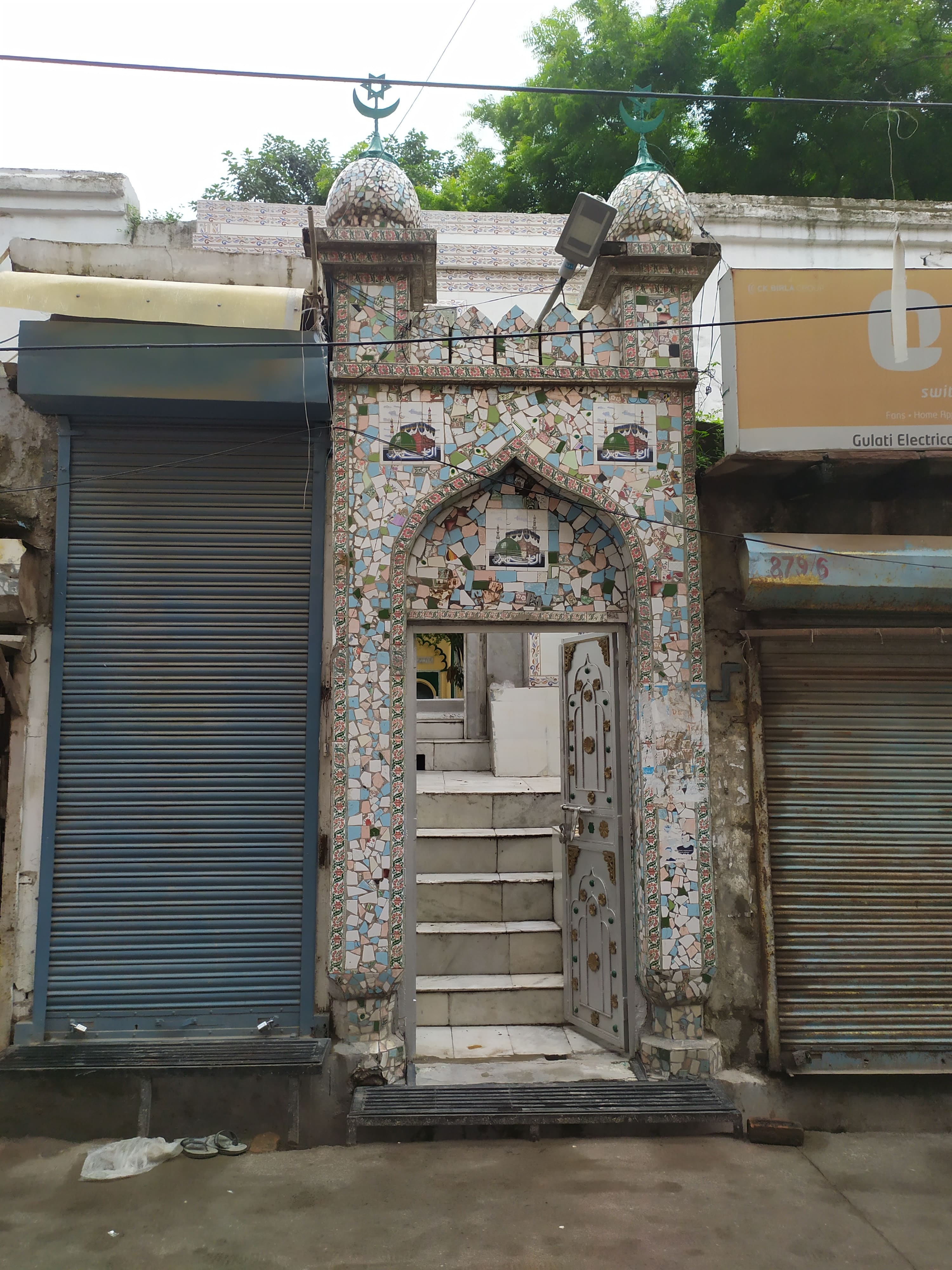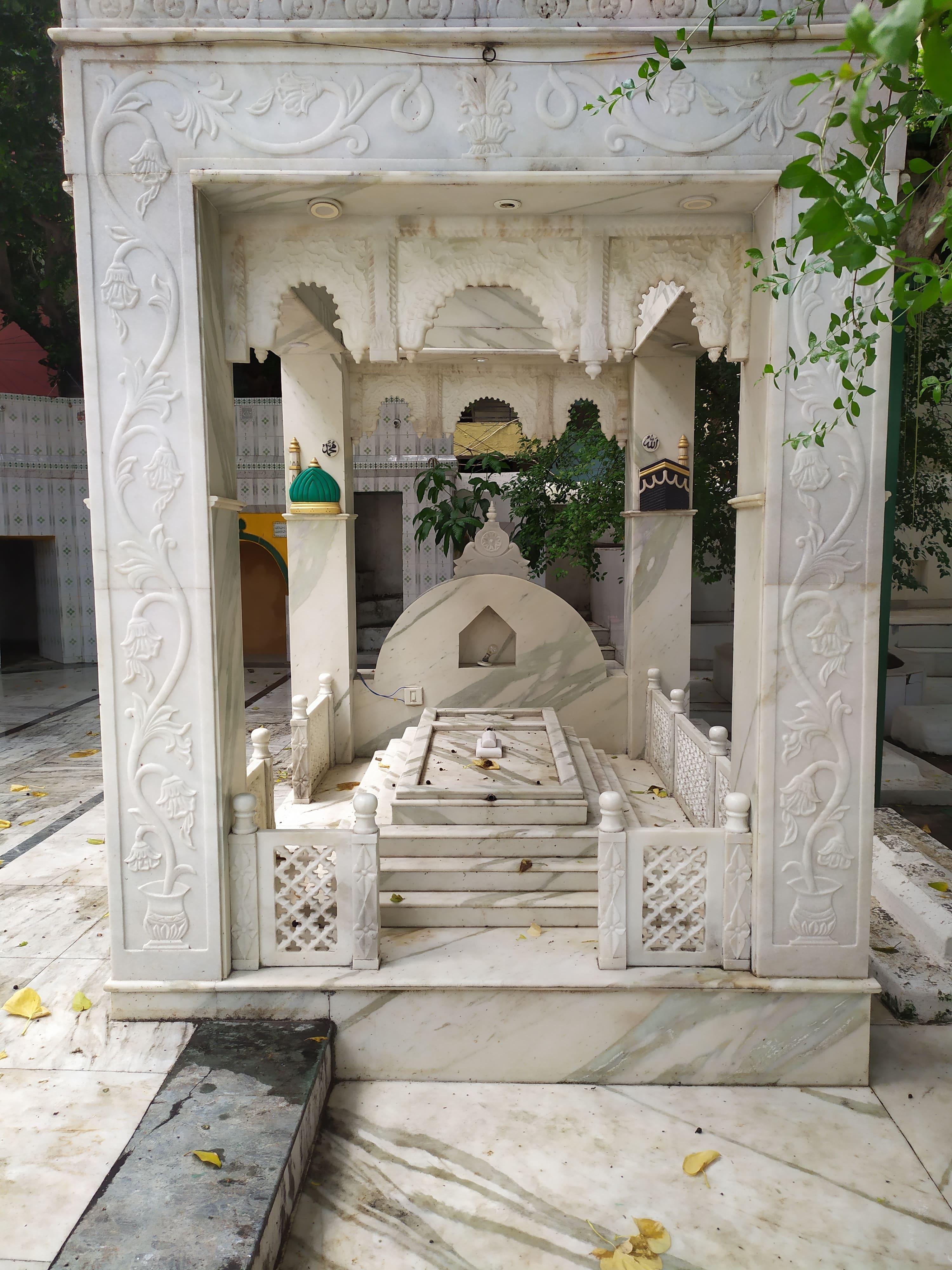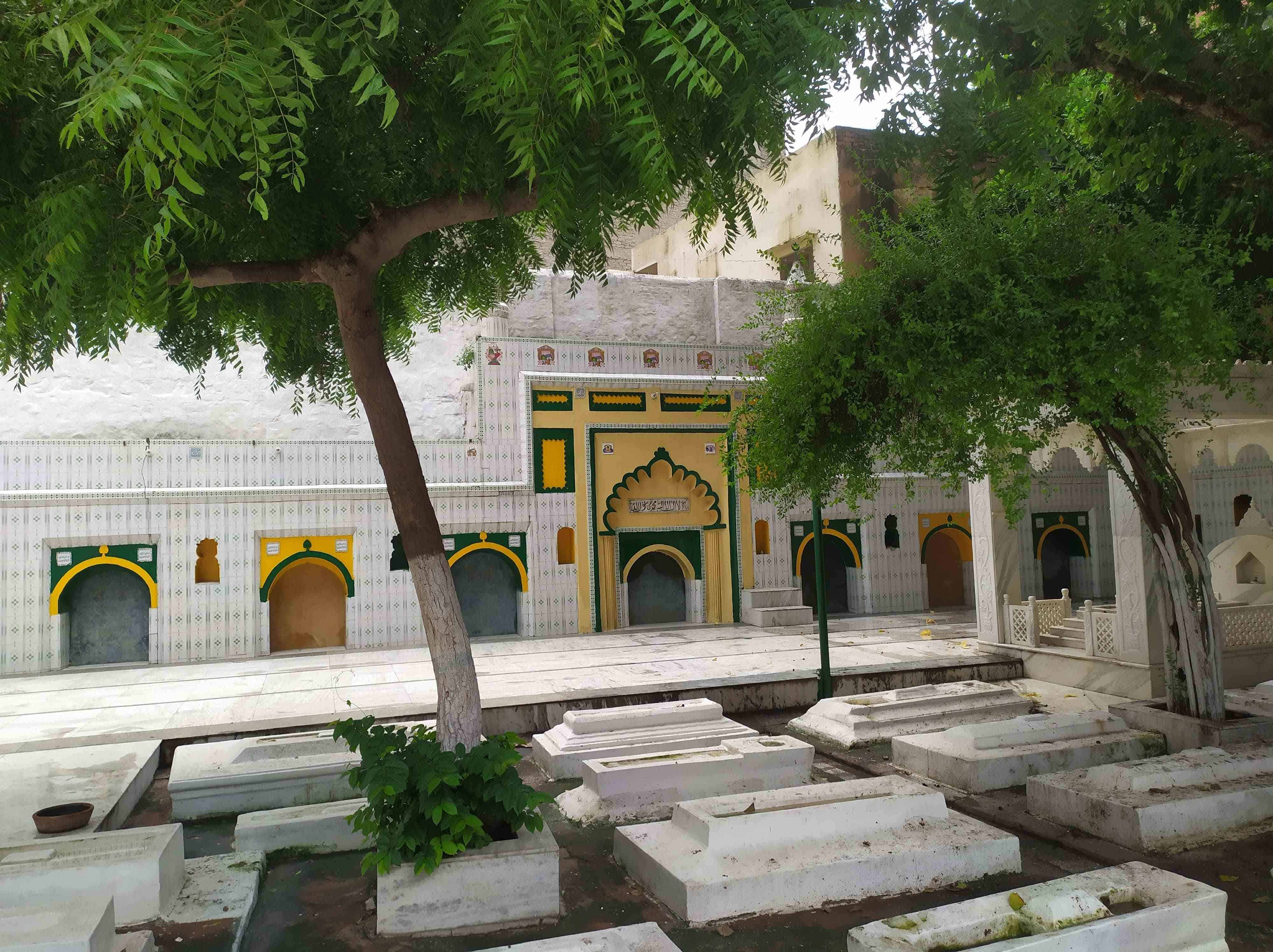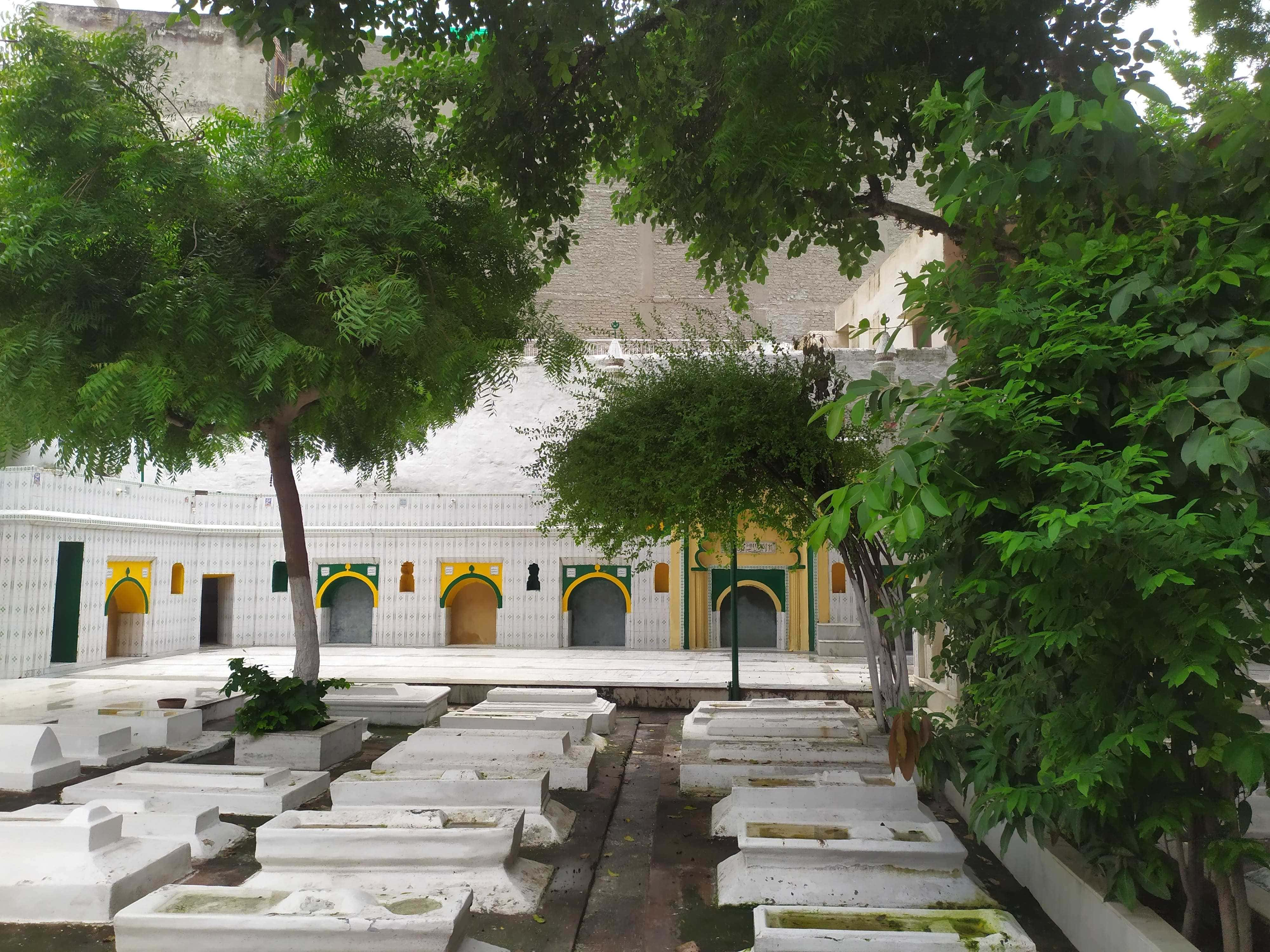


.jpg)

Hijron ka Khanqah, also known as the Khanqah of the Hijras, is a historical structure dating back to the Lodi period in the 15th century. Located in Mehrauli, South Delhi, this unique monument serves as both a mosque and a khanqah (Sufi convent). The structure gained its current name and significance in the early 20th century when it came under the possession of the hijra (eunuch) community from the Turkman Gate area in Old Delhi. Since then, the hijra community has been managing and maintaining this historical site. The khanqah complex includes several tombs of hijras, with one notable tomb said to belong to a hijra known only as Miyan Saheb. This adds to the site's historical and cultural importance, blending medieval Islamic architecture with the social history of the hijra community in India. On religious occasions, members of the hijra community visit the khanqah to distribute langar (free food) to the poor, continuing a tradition of charity often associated with Sufi khanqahs. This monument stands as a unique testament to Delhi's diverse cultural heritage, offering insights into both medieval Islamic architecture and the social history of the hijra community in India. The memorial has been managed by the Hijras (eunuchs) of Turkman Gate since the 20th century. For the last 34 years a Hindu man named Sri has been taking care of this place.